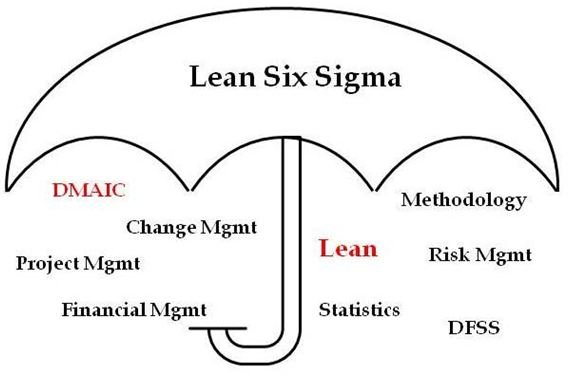The Advantage of Combining Lean and Six Sigma
Work Better, Not Harder
In this article, we are going to review the history of Lean Manufacturing and Six Sigma process improvement, the strengths of each, and propose that neither methodology alone is sufficient to deliver a breakthrough in continuous improvement.
**
The History of Lean: Any discussion of Lean has to begin with the underlying tenet of the approach, which is efficiency. How do we execute a process with the greatest benefit for the least amount of resources? Where is the waste in the system and how can we eliminate it is the mantra of Lean practitioners.
Lean has its roots in the industrial revolution dating back to Eli Whitney at the turn of the 18th century. His concept of interchangeable parts for manufacture of muskets for the US Army in 1799 not only allowed for incredibly low prices, but paved the way for standardization of manufacture and product repair. Frederick Taylor and his idea of “Scientific Management” continued the march of Lean with “time studies and standardized work.” Henry Ford’s production line continued the advancement, as did the work of Taiichi Ohno and Shigeo Shingo in the development of the Toyota Production System. All of these men continued to work toward greater efficiency in their respective areas.
The History of Six Sigma: As efficiency is to Lean, effectiveness is to Six Sigma. Six Sigma as an improvement process has its roots in the quality efforts at Motorola in the 1980s and the work of Bill Smith and Mikel Harry. During this time, Bill Smith reported that product effectiveness was a function of the amount of re-work that was performed during manufacture and the number of nonconformities a unit had when complete. MAIC (Measure, Analyze, Improve, and Control), as a project methodology, utilized statistical probabilities from assumptions of normality to identify control variables of the process and thereby improve the output of the process.
Development of the methodology continued and evolved as other companies began to use the approach.With the improvements at General Electric, Six Sigma took on a visage of not only a methodology for improvement projects, but a management approach to business. Project selection was linked to strategic direction, customer requirements were incorporated into the project goals, management oversight and control through the use of corporate review and reporting of progress and results all led to seeing the Six Sigma Program as more than just a recipe of improvement projects.
Use Lean For Stability and Six Sigma For Optimization:
Lasting process improvement requires more than just a view of efficiency of the operation, and more than just control of the effectiveness of a product. By applying the Lean tools, the process becomes stable, and the flow of work within the process is established and followed by all employees. Constraints to production are identified and reduced to increase the output without increasing resources.The work is balanced and optimized for speed. Once the process is unwavering, the Six Sigma tools can be applied to identify key variables in the process, establish operating ranges and utilize control tools like SPC to ensure the process problems are corrected permanently. Only by evaluating process from both a lean perspective to stabilize and increase efficiency and from a statistical approach for optimization can the ultimate benefits be achieved.
So in the end, we look to the business aspect of Lean Six Sigma as the overall methodology for improvement. We utilize the Lean and Six Sigma approaches as the elements of a tool box, available to the Belt as needed to improve what is needed to “satisfy the customer, profitably”.
